Internet of Things (IoT) & Smart Technologies: Shaping the Future in 2025
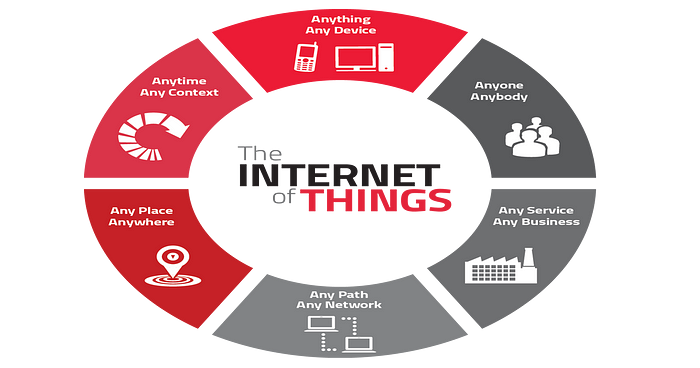
The Internet of Things (IoT) is revolutionizing how we interact with technology, bridging the gap between the physical and digital worlds. With advancements in AI, cloud computing, and 5G, IoT is poised to become even more intelligent and impactful in 2025. From smart cities to industrial automation, IoT is transforming industries and improving lives. Let’s explore the latest trends and developments in IoT and smart technologies.
1. AI-Powered IoT (AIoT): The Intelligent Revolution
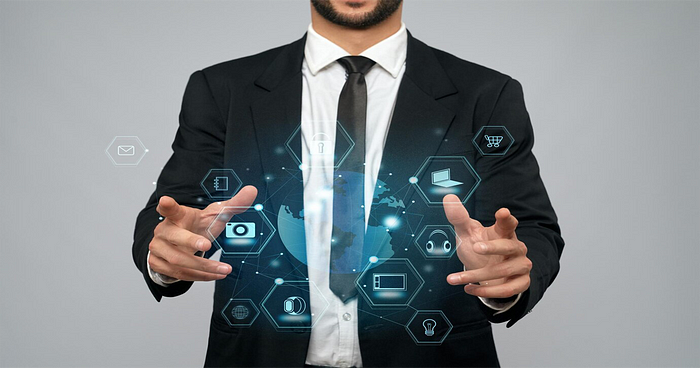
The fusion of Artificial Intelligence (AI) and IoT — known as AIoT — is making devices smarter and more autonomous. AI enhances IoT devices by enabling predictive analytics, real-time decision-making, and automation. Applications include:
- Smart homes that learn user preferences and adjust lighting, temperature, and security automatically.
- Predictive maintenance in industries, where AI detects potential failures before they happen.
- Autonomous vehicles, using real-time IoT data for safe navigation.
- Healthcare innovations, where AI-driven wearables provide real-time patient monitoring.
- Retail transformation, using AIoT for customer behavior analysis and inventory management.
2. 5G and IoT: The Connectivity Revolution
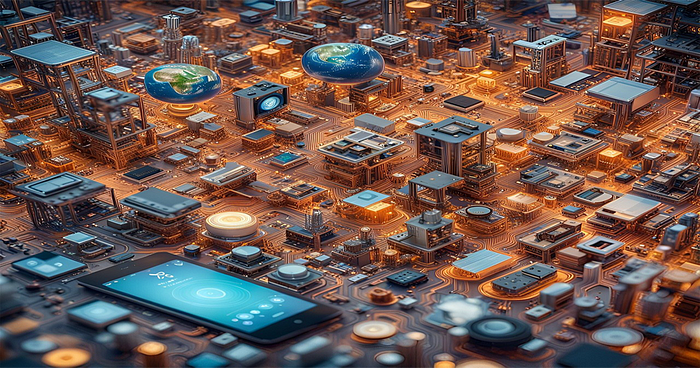
The expansion of 5G networks is a game-changer for IoT, offering ultra-fast, low-latency connectivity. This enables:
- Seamless real-time communication between IoT devices.
- Enhanced remote monitoring, crucial for industries like healthcare and smart cities.
- Massive IoT deployments, supporting millions of connected devices efficiently.
- Improved agricultural IoT, where smart sensors optimize irrigation and crop health.
- Automated logistics, using real-time tracking for supply chain optimization.
By clicking here You Need to Know to An In-Depth Guide Everything about it
3. Smart Cities: A More Connected Urban Experience
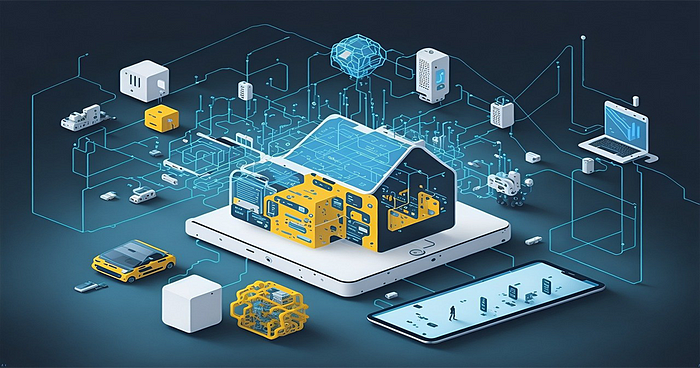
Governments and urban planners are leveraging IoT to create smarter, more sustainable cities. Key innovations include:
- Smart traffic management, reducing congestion with real-time data analysis.
- Intelligent waste management, optimizing collection routes and minimizing environmental impact.
- Energy-efficient smart grids, improving electricity distribution and reducing costs.
- IoT-driven public safety, using connected cameras and AI analytics for real-time threat detection.
- Smart public transportation, integrating IoT for route optimization and energy efficiency.
4. Industrial IoT (IIoT): Driving Automation and Efficiency
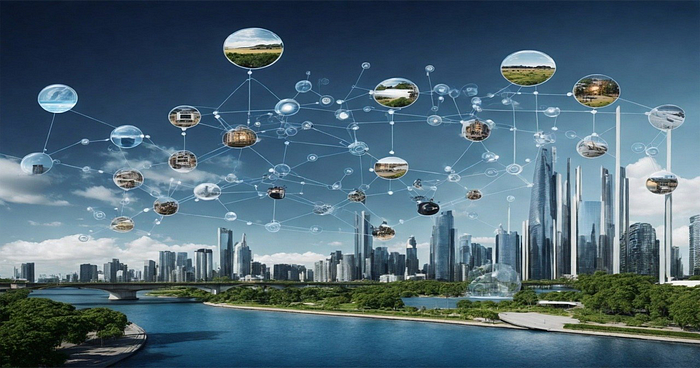
Industries are embracing IoT to enhance productivity and operational efficiency. Examples include:
- Connected factories, where IoT sensors monitor equipment performance.
- Supply chain optimization, with real-time tracking of goods and inventory.
- Remote equipment monitoring, reducing downtime and maintenance costs.
- Smart energy management, reducing waste and improving industrial energy efficiency.
- Automated quality control, using IoT-enabled vision systems for defect detection.
5. IoT Security: Addressing Challenges in 2025
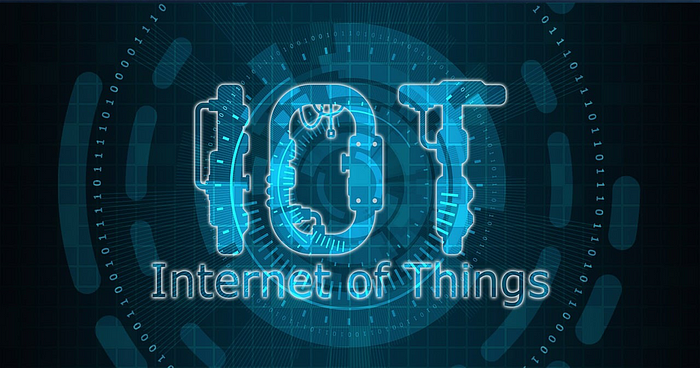
As IoT devices proliferate, security remains a top concern. Emerging trends include:
- Zero Trust architecture, ensuring continuous authentication of IoT devices.
- Blockchain for IoT security, enhancing data integrity and preventing cyber threats.
- AI-driven threat detection, identifying anomalies in IoT networks.
- Secure edge computing, reducing vulnerabilities by processing data closer to the source.
- Regulatory compliance, with stricter IoT security standards emerging globally.
6. The Future of IoT: What’s Next?
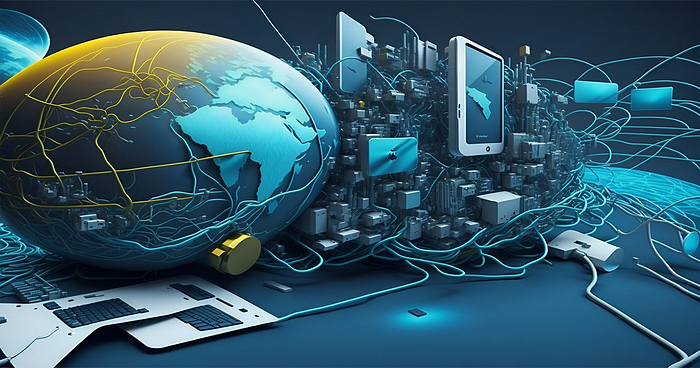
As IoT evolves, exciting innovations are on the horizon:
- 6G connectivity, further enhancing IoT capabilities beyond 5G.
- Edge AI, where AI processing happens on the device, reducing reliance on cloud computing.
- Digital twins, virtual models of physical assets for real-time simulation and decision-making.
- Quantum IoT, leveraging quantum computing for ultra-secure and powerful IoT solutions.
- Sustainable IoT, using green technology to reduce the carbon footprint of connected devices.
Conclusion
The Internet of Things is no longer just about connecting devices — it’s about creating smarter, more responsive systems that enhance efficiency, security, and convenience. As we move through 2025, IoT will continue to shape industries, cities, and daily lives, making the world more connected than ever.
Are you ready for the IoT revolution? Share your thoughts on how IoT is transforming your industry!

Comments
Post a Comment